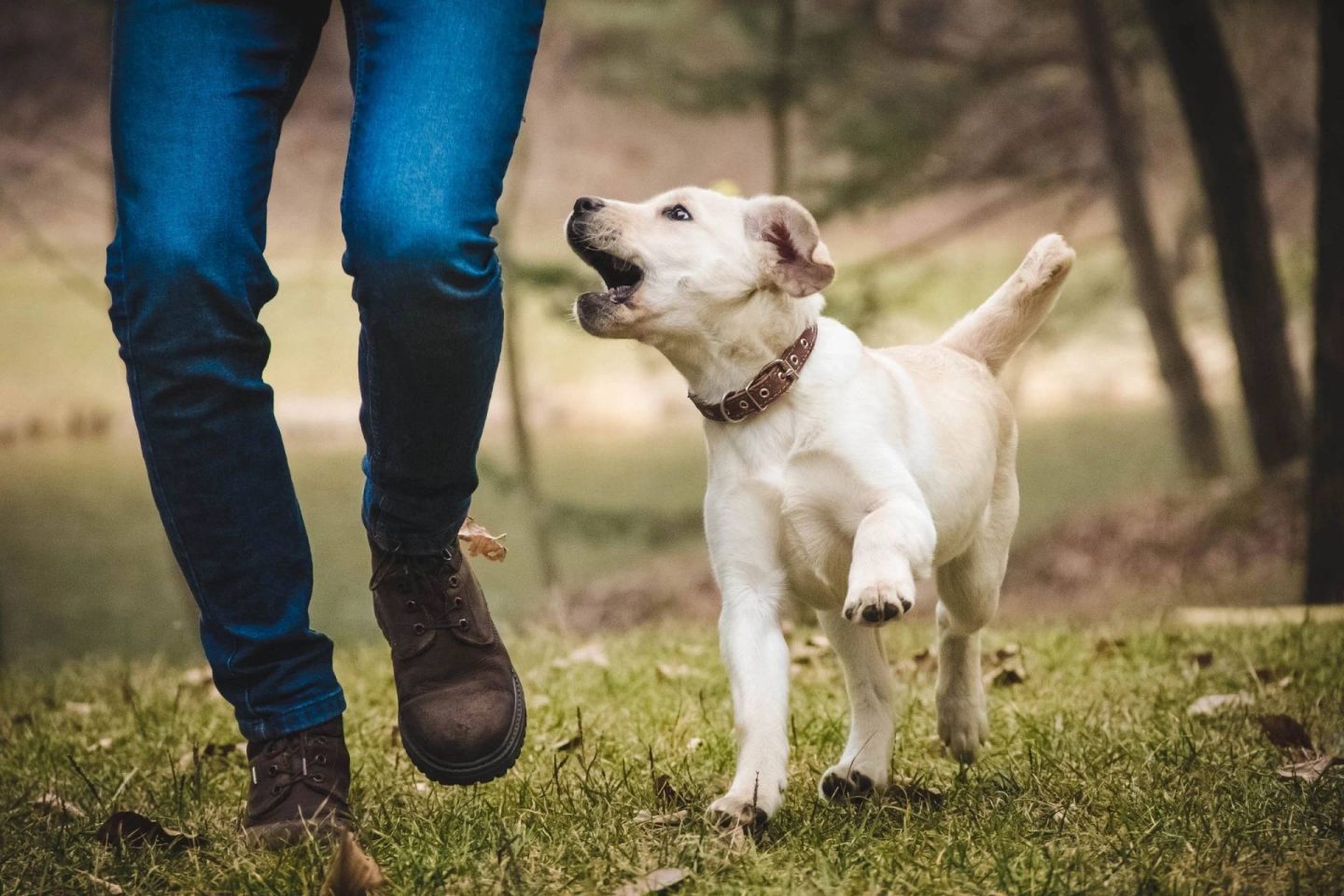*Collaboration
Pets are more than just our furry companions – they’re members of our family, bringing immense joy and vibrancy to our lives. However, being a pet owner isn’t solely about the cuddles and fun; it comes with the important responsibility of ensuring our pets lead enriched, healthy lives. In this comprehensive guide, we’ll explore simple yet effective strategies to elevate your pet’s life quality. We delve into key aspects including diet, mental stimulation, exercise, home safety, and seasonal considerations, all tailored to equip you with the knowledge to better cater to your pet’s needs. With practical tips and expert insights, we aim to help you navigate the rewarding journey of pet ownership.

Your pet’s wellbeing is a testament to the love and care you provide, and this guide is your route map to a happier, healthier pet.
Feeding Fido: Nutritional Needs for a Healthier Pet
A well-balanced diet is a cornerstone of your pet’s health. Different breeds and species have distinct dietary requirements, so it’s essential to consult with your vet or a pet nutritionist to establish the best diet plan. Dogs, for example, require a mix of proteins, carbohydrates, and specific vitamins and minerals. Conversely, cats, as obligate carnivores, need a protein-rich diet with minimal carbohydrates.
Consider quality pet food products that align with your pet’s age, size, and health condition. However, a diet shouldn’t solely consist of commercial pet food. Safe human foods like cooked chicken, turkey, and certain vegetables can add variety and nutrients. Also, remember that hydration is as important as nutrition. Ensure clean, fresh water is always available. Ultimately, a nutritious, diverse diet contributes significantly to your pet’s health, energy levels, and longevity.
Mental Stimulation: Games and Activities for Your Pet’s Cognitive Health
Engaging your pet’s mind is just as vital as tending to their physical needs. Mental stimulation helps keep your pet happy, reduces destructive behaviours, and can even slow cognitive decline in older pets. The types of mental stimulation suitable for your pet will vary depending on their species, breed, age, and personality. For dogs, interactive toys, obedience training, and puzzle feeders can provide substantial mental workouts. Cats might prefer activities that trigger their hunting instincts, such as interactive laser toys or feather teasers.
Incorporate ‘brain games’ into their routine, challenging them with new commands, hiding treats for them to find, or introducing new toys regularly. Interactive play also helps strengthen the bond between you and your pet. Remember, mental stimulation should be fun. Observing your pet’s response will guide you in finding activities they enjoy and benefit from, leading to a mentally enriched and happier pet.
Promoting Physical Fitness: The Importance of Regular Exercise
Physical exercise is paramount for your pet’s overall health and happiness. It aids in maintaining a healthy weight, strengthening muscles, promoting good digestion, and reducing behavioural problems like excessive chewing or barking. The nature and amount of exercise will differ depending on your pet’s age, breed, and health condition.
For dogs, regular walks are a must. Consider investing in a luxury dog harness for added comfort and control during walks. Games of fetch, swimming, and agility training can also be great fun and offer excellent workouts. Cats, often being indoor creatures, require creative strategies such as laser pointers, climbing trees, or interactive toys to ensure they get their daily dose of exercise.
Regular physical activity not only keeps your pet physically fit but also provides opportunities for exploration and socialisation, enriching their lives in multiple ways.
Pet-Proofing Your Home: Creating a Safe Environment
Creating a safe environment for your pet is a crucial aspect of responsible pet ownership. Pet-proofing your home can prevent accidents and give you peace of mind when your pet is exploring or you’re away from home. Start by securing loose wires or cords that could be a chewing temptation. Store cleaning supplies, human medications, and potentially toxic plants out of your pet’s reach. If you have a cat, consider placing window guards to prevent falls, especially if you live in a high-rise flat.
For dog owners, create a secure outdoor area where your pet can play without the risk of escaping. Remove small objects that could be a choking hazard and consider using childproof latches on low cabinets. Proactive pet-proofing helps ensure your pet’s natural curiosity doesn’t lead to harm, keeping them safer within the comforts of their home.
Seasonal Considerations: Adapting Care Throughout the Year
A pet’s needs can change with the seasons, and adapting their care accordingly is key to their health and comfort. In the warmer months, ensure your pet has access to shade and plenty of water to prevent overheating. Regular grooming helps manage shedding and can keep your pet cooler. In colder seasons, pets, especially those with short hair, might require extra warmth. Consider pet-friendly sweaters or heated pet beds. Limit outdoor time during extreme cold and ensure their paws are clean and free from ice or salt.
Spring often brings allergies, so monitor your pet for signs of discomfort. Autumn, on the other hand, is peak flea and tick season, so ensure your pet’s preventative treatments are up to date. Recognising these seasonal challenges and taking steps to address them ensures your pet remains comfortable and healthy all year round, enhancing their overall wellbeing.
